GOT A UI/UX
DESIGN PROJECT?
Breaking Down the Design Thinking Process
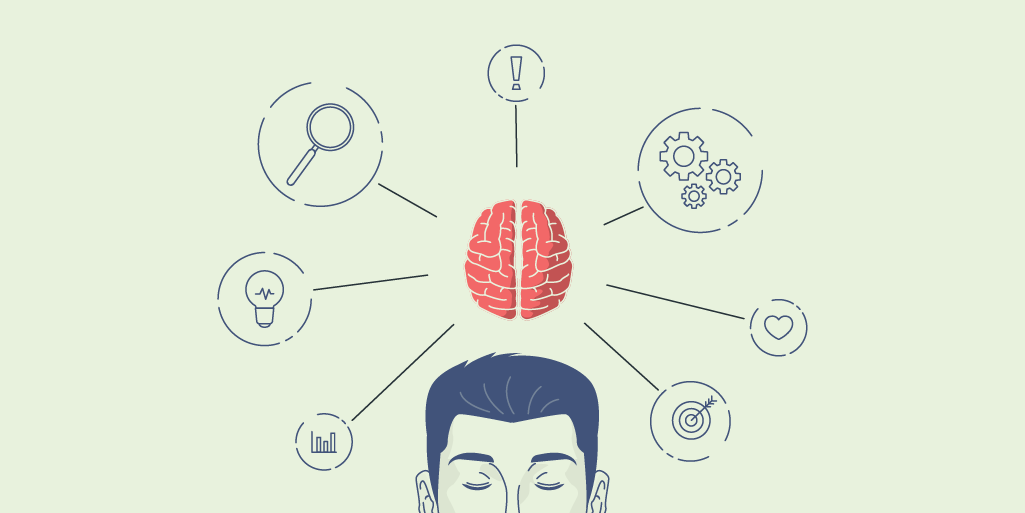
Design thinking is a term often thrown around by design teams quite loosely. While it may seem like a simple term on the face of it, it is not that at all.
Design thinking is not a singular term; instead, it encompasses a collection of processes utilized to develop design concepts and engage in creative problem-solving. The influence of culture on design is not a recent development; it dates back to the evolution of human beings. Particularly captivating to the design world is the exploration of cultural influences on consumer behavior.
Let us have a look at the definition of the term before we move forward:
“Design thinking is a term used to represent a set of cognitive, strategic and practical processes by which design concepts are developed.”
According to the Interaction Design Foundation, design thinking is a non-linear, iterative design process that teams use to understand users, challenge assumptions, redefine problems and create innovative solutions to prototype and test.
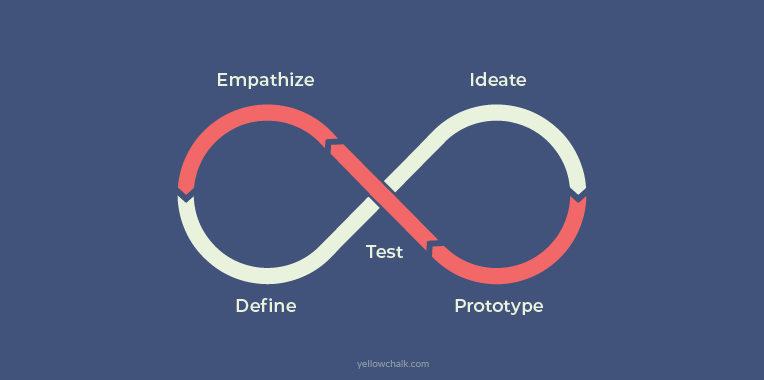
As mentioned above, the design thinking process has different processes and stages. It is a highly user-centric process which, at every stage, puts the user at the focal point and derives solutions according to what is best for them.
Before moving onto the different stages of the design thinking process, let us look at the different principles of design thinking.
Christoph Meinel and Larry Leifer in Design Thinking: Understand – Improve – Apply (Understanding Innovation) propose four universal principles of design. These principles apply to software architecture as well as to detailed program design, user interaction design, or any other design-focused discipline. So it is necessary to consider these four principles as well as the different design stages of design thinking.
The four principles as stated in the book are:
1. The Human Rule
All design is social in nature: No matter what the context is, all and any design activity is social in nature because their end users are always humans. By the same logic, all design and any innovation in the same should bring us back to the “human-centric point of view”.
2. The Ambiguity Rule
Preserve ambiguity: There will always be some ambiguity, and it cannot be removed or oversimplified. Experimenting at the limits of your knowledge and ability is crucial in being able to see things differently.
3. The Re-design Rule
All design is redesign: All design is redesign. While technology and social circumstances may change and evolve, basic human needs remain unchanged. We essentially only redesign the means of fulfilling these needs or reaching desired outcomes.
4. The Tangibility Rule
Making ideas tangible in the form of prototypes enables designers to communicate them more effectively.
Based on these principles, the design thinking process can be broken down into five stages or processes. Let us have a look at the stages of the design thinking process:
- Empathize: Empathy is the crucial starting point for any design. The ideal first stage of any design process is understanding the end-users, their needs, wants, and objectives. In this process, you should aim to gain an empathetic understanding of your users’ problems. Empathy is necessary to the design process as it helps you to set aside your own assumptions and think from the point of view of the user, and hence design from their standpoint and not your own. This process should be applied throughout the design process to make sure the users’ get the best experience out of the product.
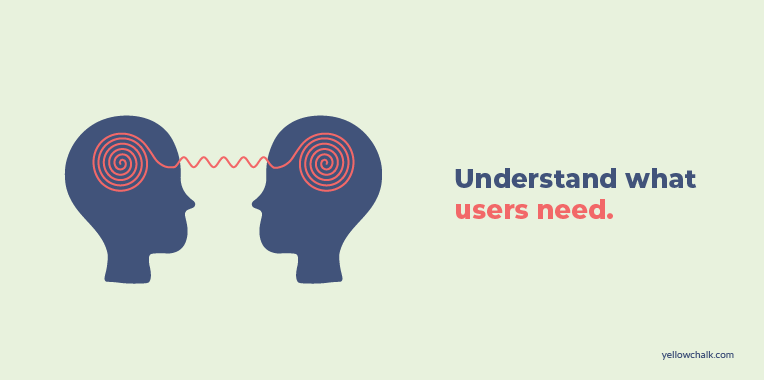
- Define: After you have understood your users’ needs and wants, the next step of the process is to define the problem. You have to analyze the information gathered while learning about your user and put it to the test – what kind of barriers and difficulties are your users facing? What are the major hurdles that your team needs to solve? By the end of this process, what you will be left with will be the core problem statement. Once you have framed your problem statement, you can move on and start thinking about the different solutions you can offer and ideate.
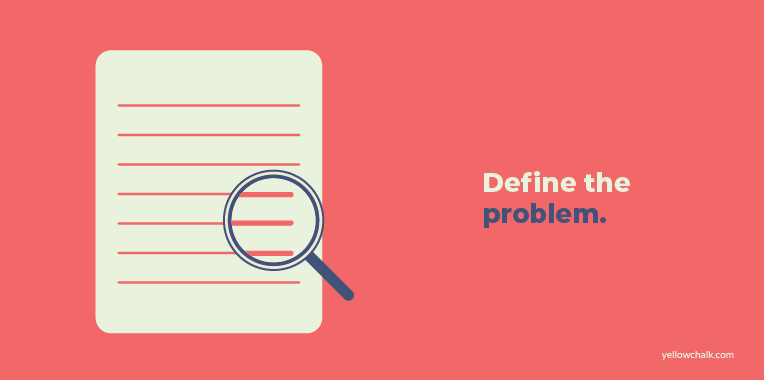
- Ideate: The next logical step is to ideate. Here you will think of the different kinds of solutions you can offer. This is where you have free reign to your creativity, and it’s best to keep the ideation process as a ‘no judgment’ zone. You can use various angles to look at the problem, and the more perspectives you have, the better it will be. Ideating processes like brainstorming, mind-mapping, and roleplay scenarios are some approaches you can take to come up with the best solution.

- Prototype: This is the time to bring the ideas you had in your ideating process to life. Since it isn’t feasible to invest time and money into every idea, prototypes are a good way to go. Think of this as an experimental phase where you can design a scaled-down version of the product to see which solution fits best. Depending on how they fare during the prototyping phase, the solutions may be accepted, improved, redesigned or rejected. This phase will help you narrow down the best possible answer to your problem statement.
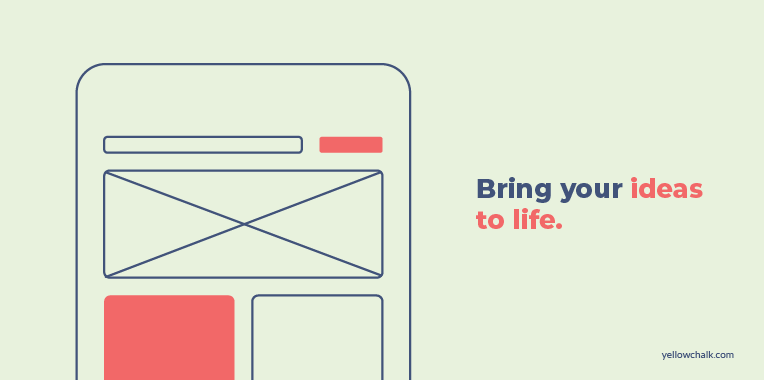
- Test: After prototyping, you have to perform user testing to make sure your solution works. Remember, user testing is hardly the end of the design thinking process as it will often lead you to go back to make changes according to the information you glean from your users. The data from user testing will open the doors to new perspectives, options, and avenues that weren’t present before.

The main point to remember is that these five stages are different modes which contribute to the entire design project, rather than steps that you have to undertake in a sequence. As you keep going through the design thinking process, you will also keep going back and forth between the different stages as each contributes to the other in providing new information. Your objective is to achieve a thorough comprehension of the users and their desired solution or product. Take a glance at the 10 tips for creating a compelling UI design for a dashboard to assist you in this process.
